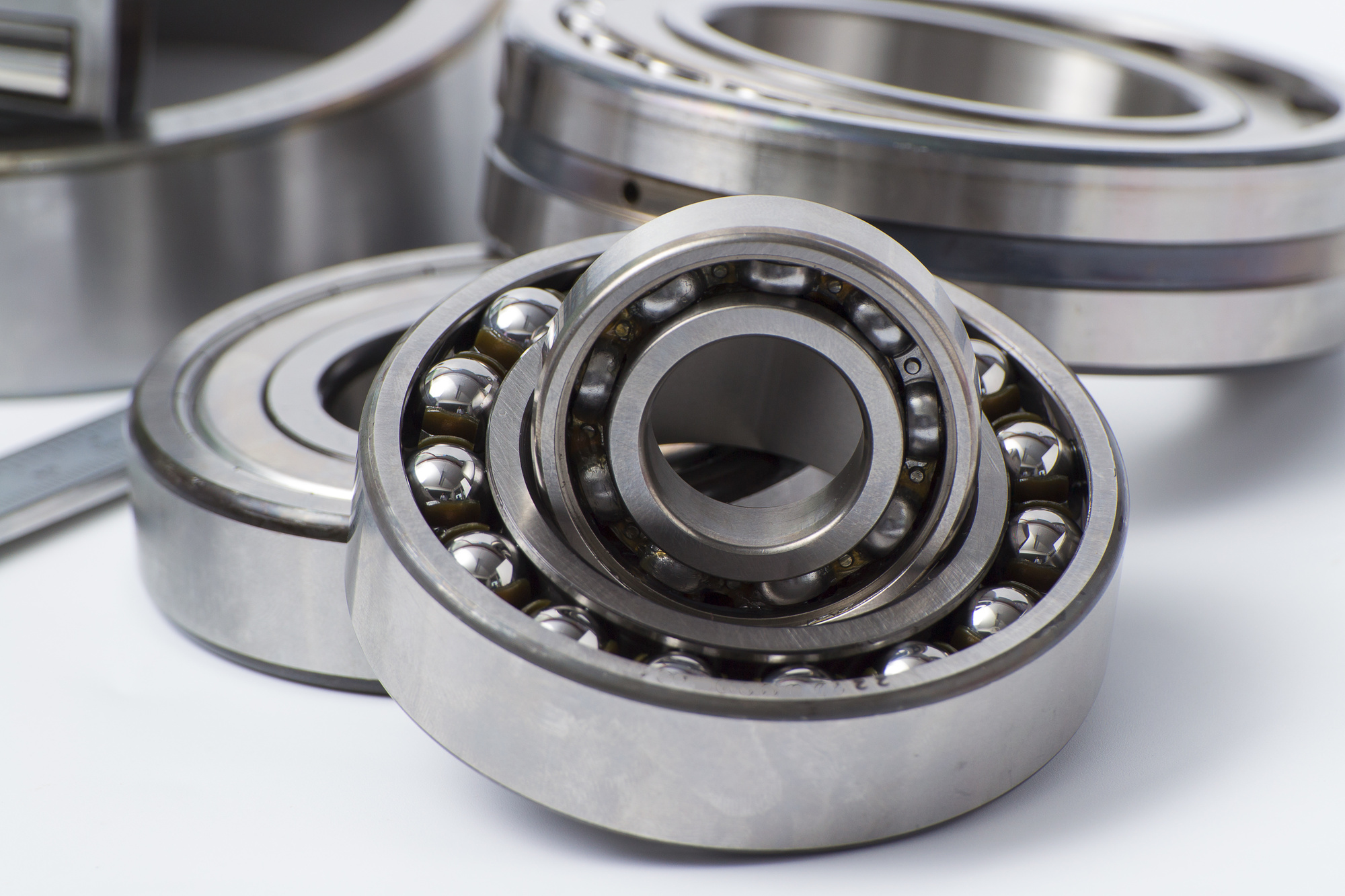Engineering a new product design is no easy task. Whether you’re designing a manufacturing process in a warehouse, putting together a consumer product, or building defense structures, there’s a lot of different elements at play.
The best engineers in the world will have a good handle on all the different types of equipment that can be use dot support their inventions.
For instance, take the common bearing. Many folks know about your standard ball bearings, but perhaps only a well-experienced engineer is going to know how a pillow bearing could be used in similar applications.
In this article, we’re going to take a look at exactly what a pillow bearing is and how they work.
What are Bearings?
Before discussing pillow bearings specifically, let’s first take a step back to ensure that we have a solid grasp on what a bearing is in the first place. Put simply, an engineering bearing is an element in a machine that has one purpose: reducing friction.
Take, for instance, the wheel of a car. Have you ever considered that when your tires rotate, the rest of your car doesn’t? What is the element in play that allows the car wheels to rotate so freely, so effortlessly even when the rest of the car doesn’t?
You guessed it: it’s the bearing.
What Is a Pillow Bearing?
Now that we understand bearings in general, let’s take a closer look at the pillow bearing. Also called the pillow block bearing, this particular type of mechanism is best used in low-torque, low-load applications.
So you may not want to use a pillow block bearing if you know that there is going to be a lot of stress on the rotating part that the bearing is connected to.
The pillow block part of the bearing is the pedestal atop which the bearing actually sits. This pedestal includes a housing that contains the bearing within. The benefit of having a separate housing for the bearing means easier access to the bearing in case it ever needs to be cleaned or greased.
There are two types of pillow bearings: split pillow bearings and unsplit pillow bearings. The split pillow bearing has the pedestal separated from the inner bearing — they are two distinct pieces. The unsplit bearing, on the other hand, is made of one solid piece.
Thus, the unsplit bearing is able to tolerate a higher load. The disadvantage of the unsplit bearing when compared to the split one, however, is that it cannot be disassembled as readily as the two-piece split bearing.
Appreciate the Pillow Block Bearing!
Now that you have a better understanding of what bearings and pillow block bearings in particular are and how they worked, you should have a better appreciation for the level of engineering design that goes into the consumer products that you use every single day.
For more technology and industrial articles, be sure to take some time to browse around and check out the rest of the articles available on the website!

